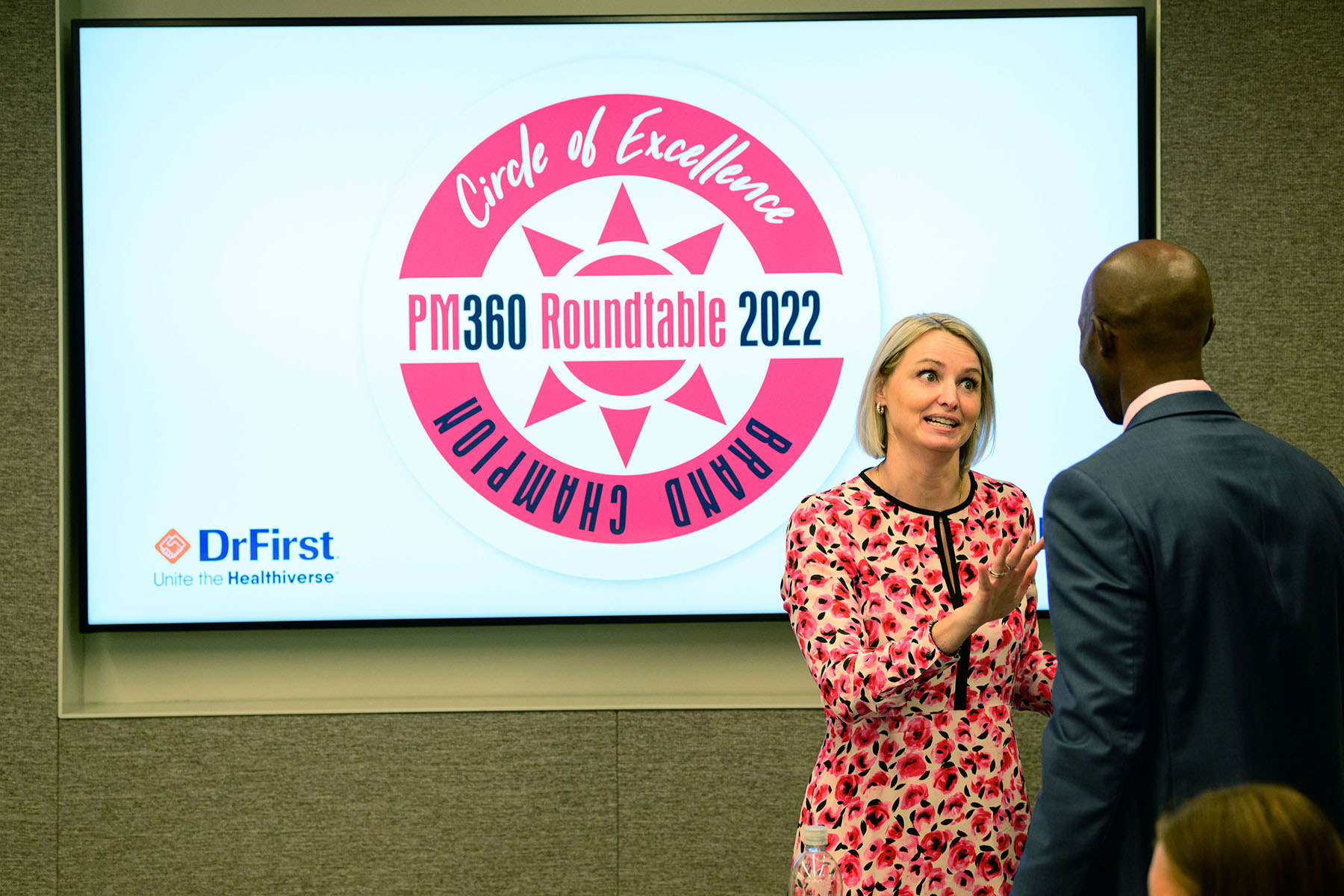On September 21, 2022, we gathered our 2022 Trailblazer Brand Champions for a roundtable discussion sponsored by DrFirst on medication adherence, including what is working to keep patients on their medications, what barriers are proving to be the most difficult to overcome, and what the industry should consider doing next to solve this ongoing issue. The discussion was moderated by Andrew Matthius, Senior Editor, PM360, and participants included:
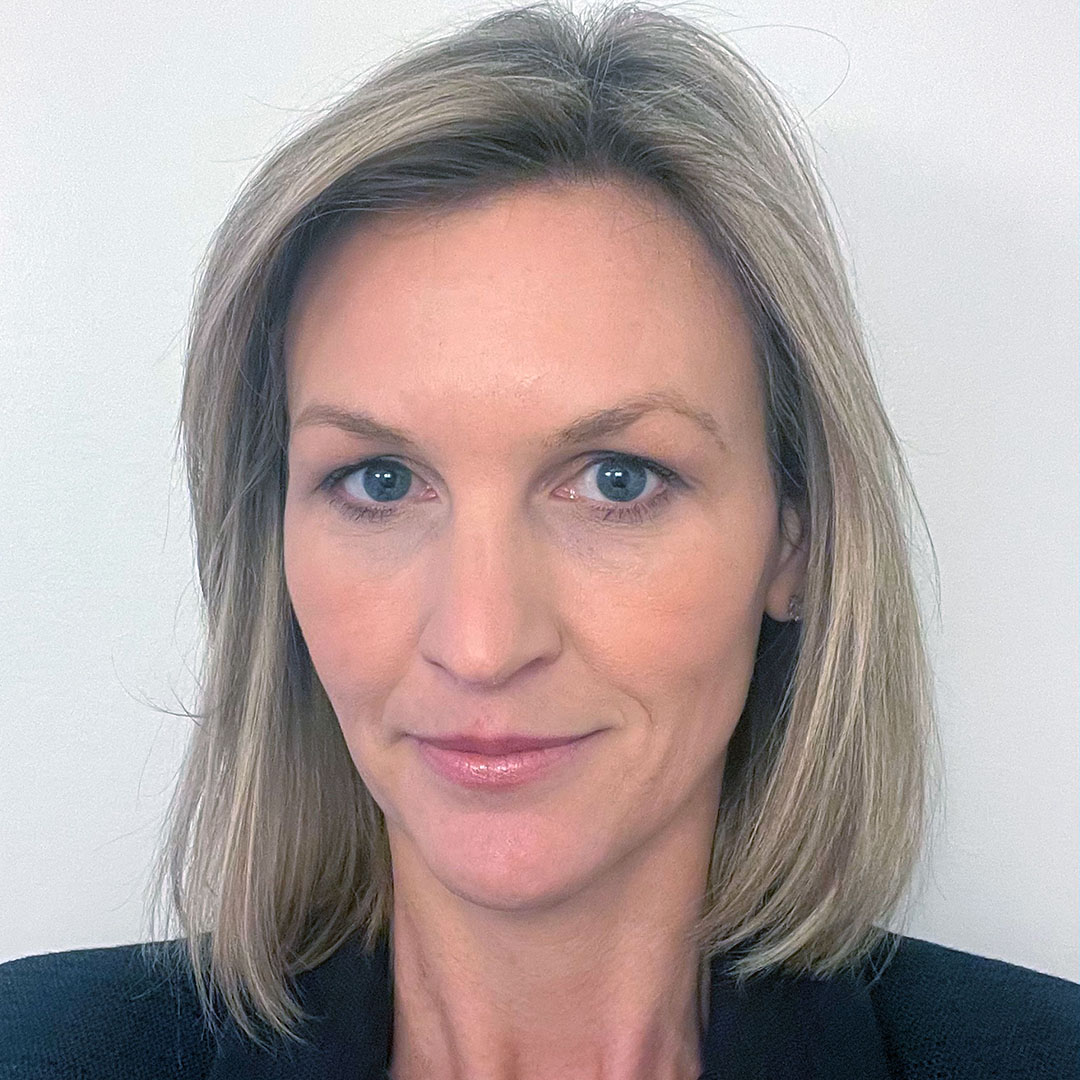 Amy Campion, VP Client Strategy & Business Development, DrFirst
Amy Campion, VP Client Strategy & Business Development, DrFirst
 Victoria Datta, Marketing Director, CVRM, AstraZeneca
Victoria Datta, Marketing Director, CVRM, AstraZeneca
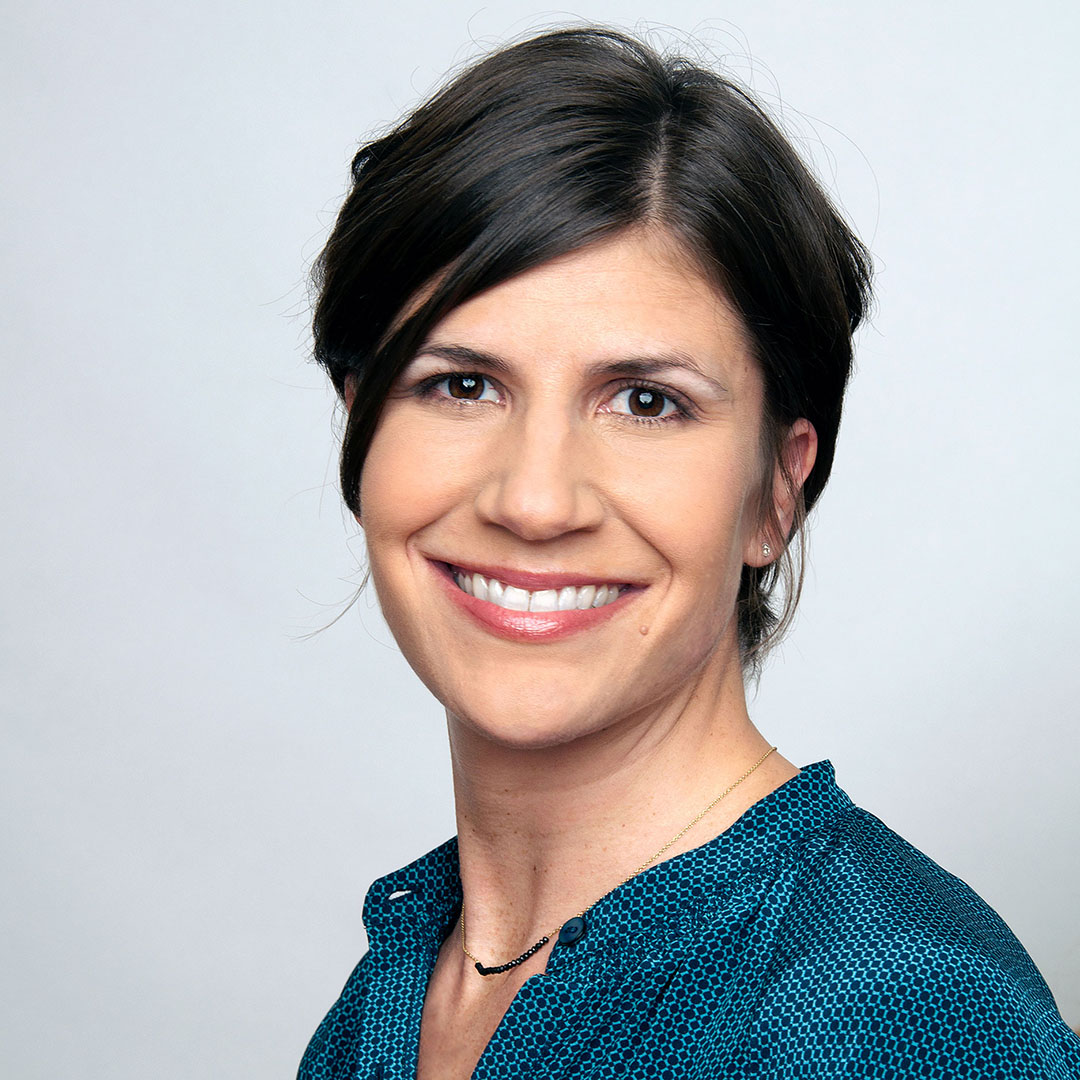 Jennifer DiGennaro, VP, Client Strategy & Business Development, DrFirst
Jennifer DiGennaro, VP, Client Strategy & Business Development, DrFirst
 Jessica Every, Director, Digital Innovation, GSK
Jessica Every, Director, Digital Innovation, GSK
 Leslie Hopkins, Associate Director, Marketing, Biofrontera Inc.
Leslie Hopkins, Associate Director, Marketing, Biofrontera Inc.
 Amy Lyons, VP of Marketing, Sherlock Biosciences
Amy Lyons, VP of Marketing, Sherlock Biosciences
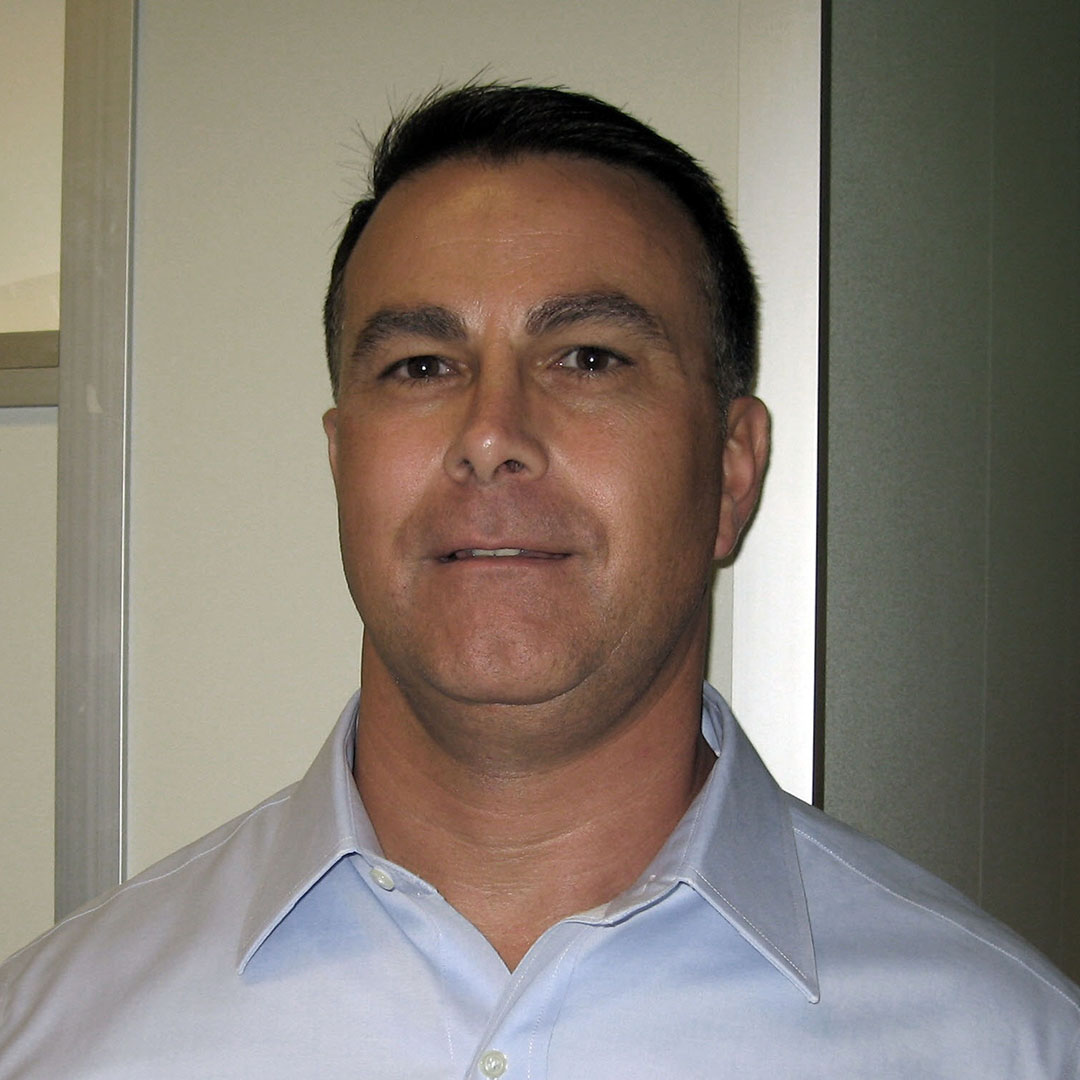 Mike Michael, Associate Vice President, Marketing, United Therapeutics Corporation
Mike Michael, Associate Vice President, Marketing, United Therapeutics Corporation
 Joe Ndukwe, Director, KOL Marketing, Urovant Sciences, Inc.
Joe Ndukwe, Director, KOL Marketing, Urovant Sciences, Inc.
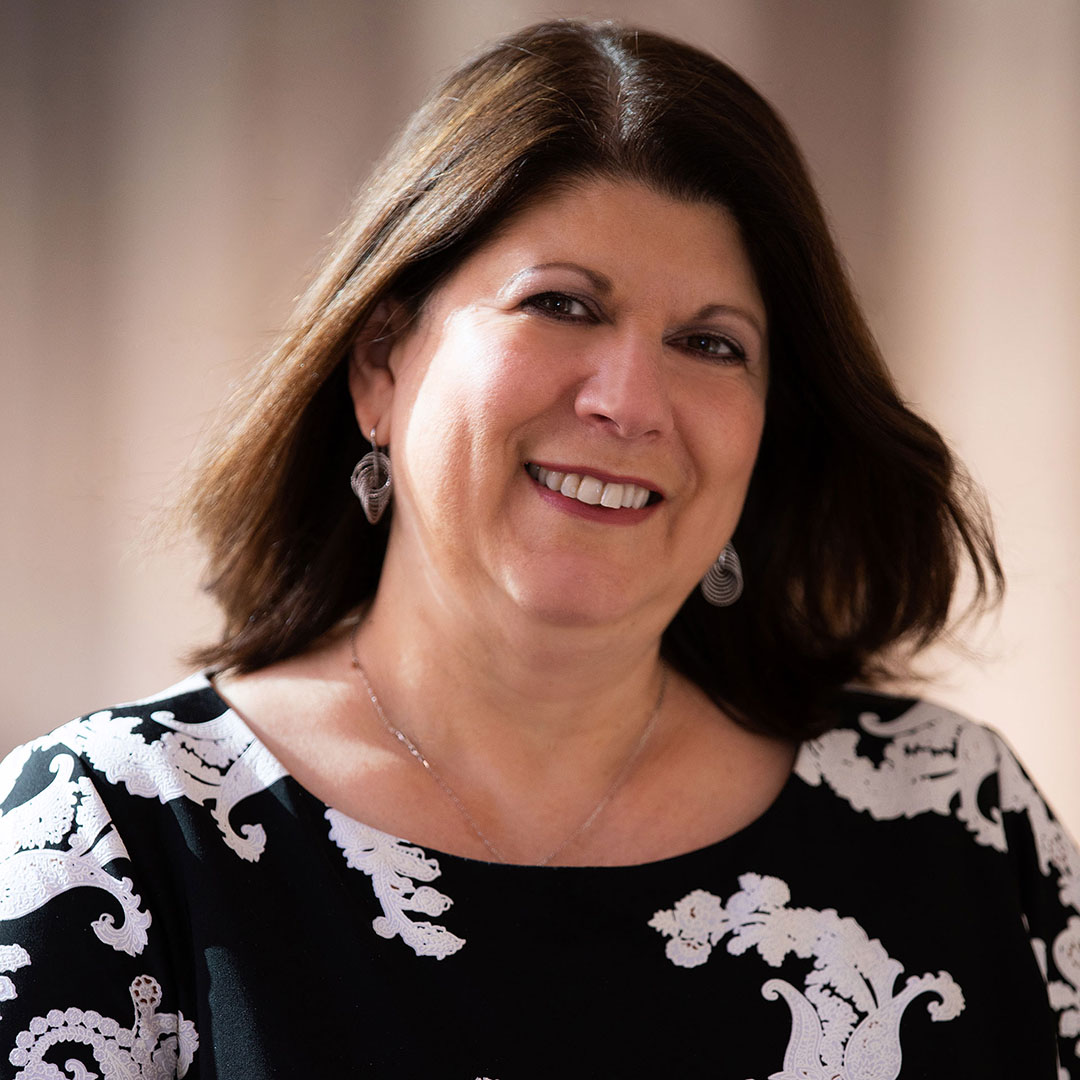 Maria Pandolfo, VP, Patient Services, Catalyst Pharmaceuticals
Maria Pandolfo, VP, Patient Services, Catalyst Pharmaceuticals
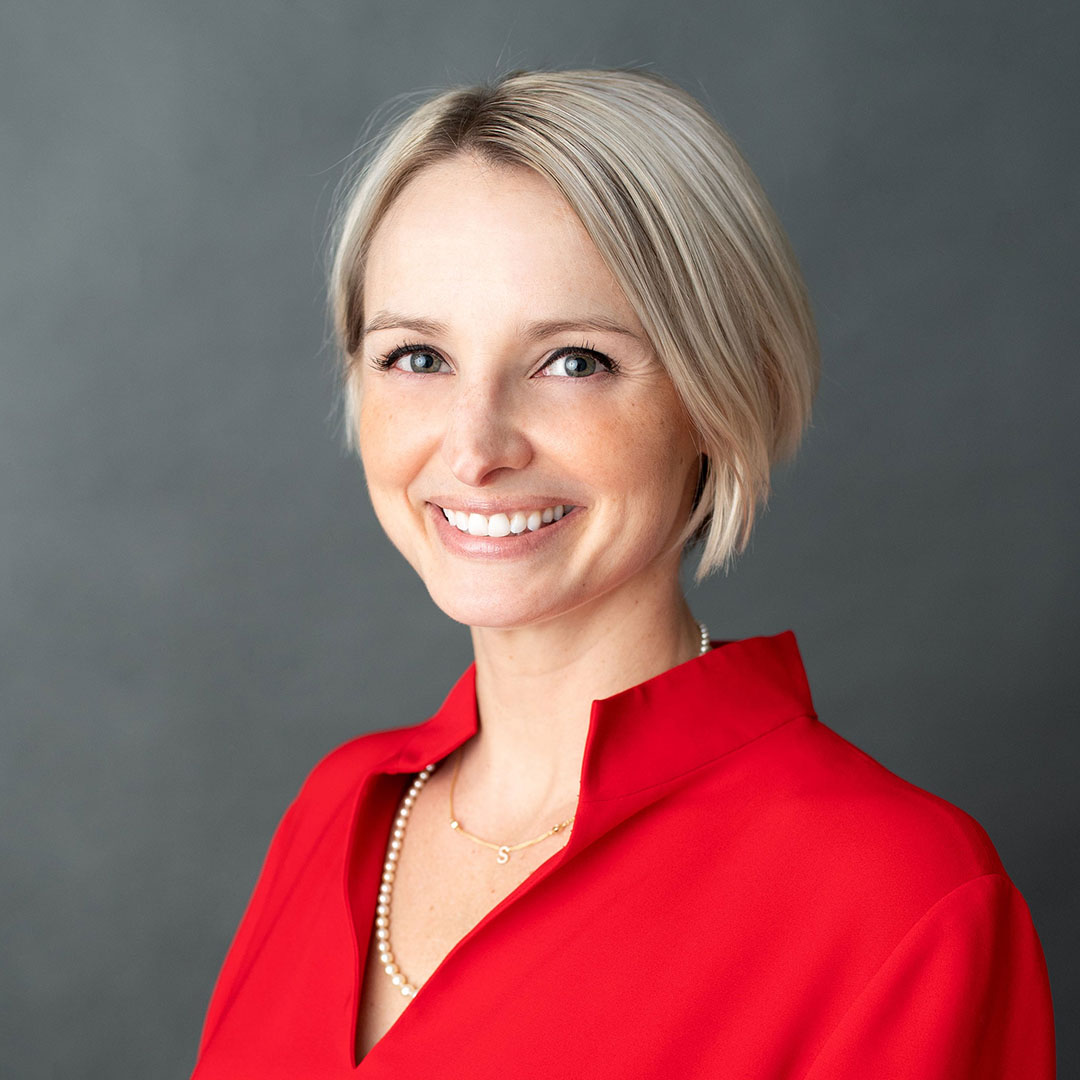 Erin Schallhorn Powers, VP of Marketing & Product Strategy, BVI Medical
Erin Schallhorn Powers, VP of Marketing & Product Strategy, BVI Medical
 Alicia A. Stout, MSW, Assistant Director, Key Customer Marketing, Astellas Pharma US, Inc.
Alicia A. Stout, MSW, Assistant Director, Key Customer Marketing, Astellas Pharma US, Inc.
PM360 thanks Dr. First for sponsoring the Trailblazer Brand Champion Roundtable.
Andrew Matthius: Today, we’re here to discuss medication adherence, or more specifically nonadherence, which has been estimated to be responsible for approximately $300 billion in avoidable healthcare costs, up to 50% of treatment failures, and around 125,000 deaths each year. It’s unlikely we’ll solve all that here today, but it should make for a great discussion. First, I want to thank our sponsor, DrFirst, for making today’s discussion possible.
Jennifer DiGennaro: Thanks, Andrew. A little background on DrFirst. We’ve been in the e-medication management industry for over 20 years. We pioneered e-prescribing, and it’s our technology—and the intel inside—that is connecting the key stakeholders within our industry. With that technology, Amy and I partner with different brands to provide end-to-end solutions where the action of prescribing happens all the way through the patient journey starting with first fill, refill, and renewal, to close that gap of abandonment and have a measurable impact on adherence.
Andrew Matthius: With that, let’s dive in. Whether it’s something your organization is currently working on or something you’ve done in the past, what has been your experience in trying to address adherence?
Joe Ndukwe: Within managing overactive bladder (OAB), completing daily diaries is one critical way to encourage patient adherence. I helped to launch a tool allowing OAB patients to track their daily symptoms while on therapy vs. baseline. It also prompts them to have a two-way dialogue with their providers and helps to drive accountability. One reason patients discontinue treatment is that they may feel discouraged due to unrealistic expectations. So, putting that onus on them, and bringing self-reported information to the forefront not only into print but digital where they’re already consuming education, has been a critical step towards addressing discontinuation.
Jessica Every: I’ve done the full end-to-end in terms of adherence solutions and oftentimes I see companies invest much more focus on getting new patients, even though keeping current patients on medication is cheaper for their organizations. More importantly, adherence provides a lot of exponential benefits in terms of both patient health outcomes and with healthcare systems having fewer costs. I have also done a lot of work on measurement to understand the return on investment of these programs. Interestingly, the simpler solutions are sometimes better both for patients and in terms of not overengineering the wheel.
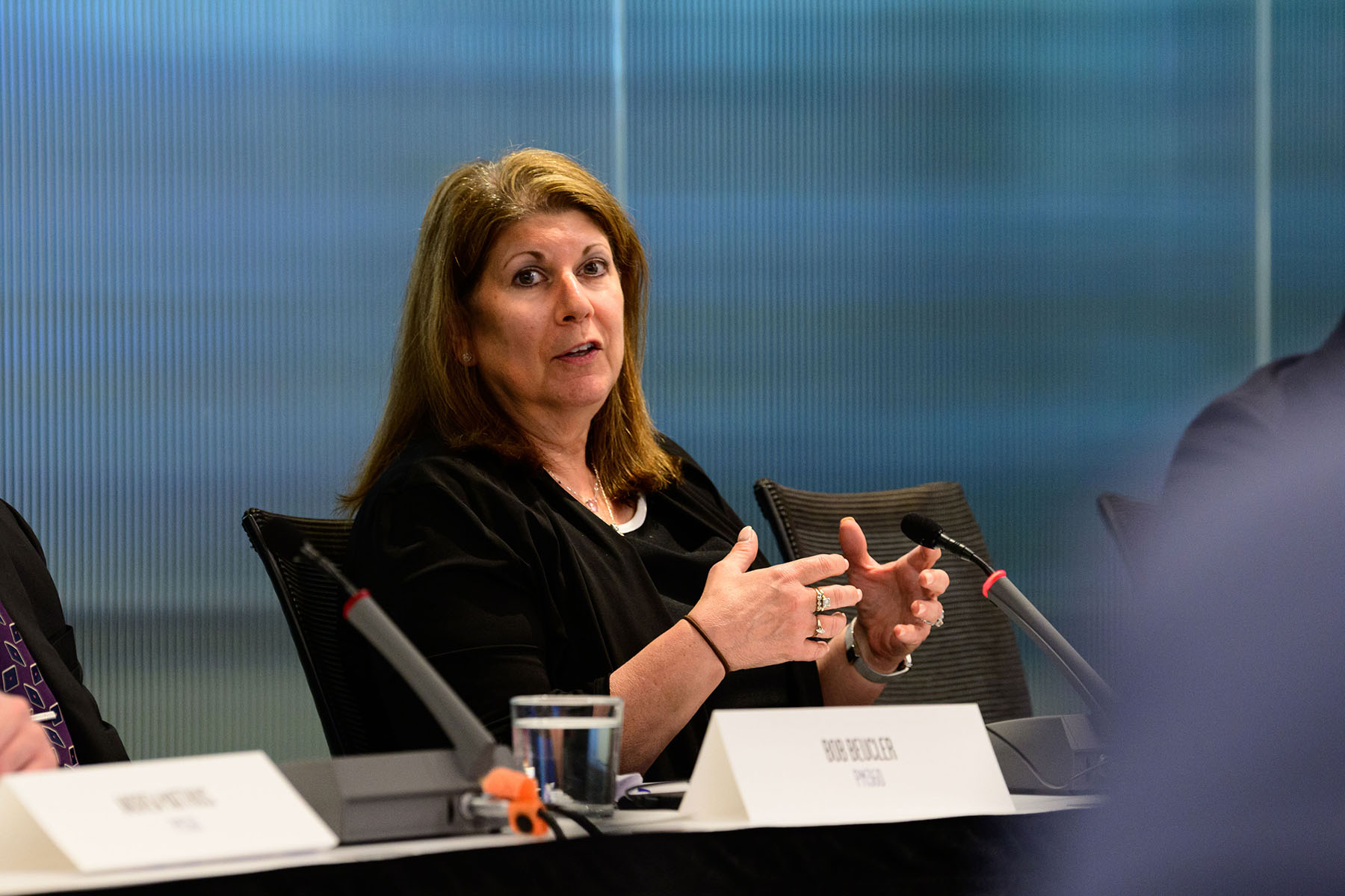
Maria Pandolfo: My involvement with adherence programs is with an ultra-rare patient population. Once patients are prescribed the medication, we have to get them on therapy as soon as possible. I know this sounds antiquated, but we have a high-touch model which involves a hub with care coordinators. So the minute an enrollment form comes in, those patients are contacted by a care coordinator. Then, two or three days later, we have patient access liaisons (PALs) meet with those patients and deliver clinical education, program knowledge, and act as their personal advocate for their entire journey. We’ve seen that relationship decreases discontinuation and increases adherence.
Mike Michael: I also work in a rare disease and we’re in a high-touch area ourselves, but one of the things we undertook was the development of an unbranded app available to any patient or caregiver in the space with several different components, including gamification; mind, body, and spirit tools; disease education; and a journaling component. Uptake hasn’t been as great as we would’ve liked, but it’s early. The vision is we ultimately have a branded side to the app as well. So if a patient is placed on one of our therapies, we could speak to them directly about the medication they’re on. It would be taking a broader view of adherence by thinking about the patient’s overall well-being and not just how we can get them to take their medication.
Victoria Datta: With a lot of the solutions I’m seeing now, we are trying to straddle that line between what is basic and necessary to drive adherence to what is high touch because consumers really do crave high touch—no matter the disease state. It’s just the investment to support a high-touch model that we struggle with. But when I joined AstraZeneca about seven years into my career, I worked in the respiratory therapy area, and we developed an award-winning adherence solution for patients with asthma and COPD called, “My Measures for Success.”
Our idea was to partner with patients by asking for their “great ideas,” which I don’t think have changed much since that time. They were concerned about drug costs, they wanted help to be more successful in their day-to-day life, and since everybody likes rewards, they suggested ways to help them win or earn something. Ultimately, we designed an app-based technology that allowed them to engage with the program how they wanted. We got about 25% of the patients onto the program, and of those who were participating, we saw an improvement in adherence of two additional scripts.
Fast forward to now in the cardiovascular space. We found the biggest drop off was within the first 60 to 90 days of starting treatment and the two biggest challenges during that timeframe are cost and the patients not understanding why they are taking their medication. It doesn’t help when a drug has multiple indications. But through that process, we also discovered a huge health inequity when it comes to races in America. Now, we have not figured out a solution to that issue by any stretch, but we recognize that is another filter we need to be thinking about.
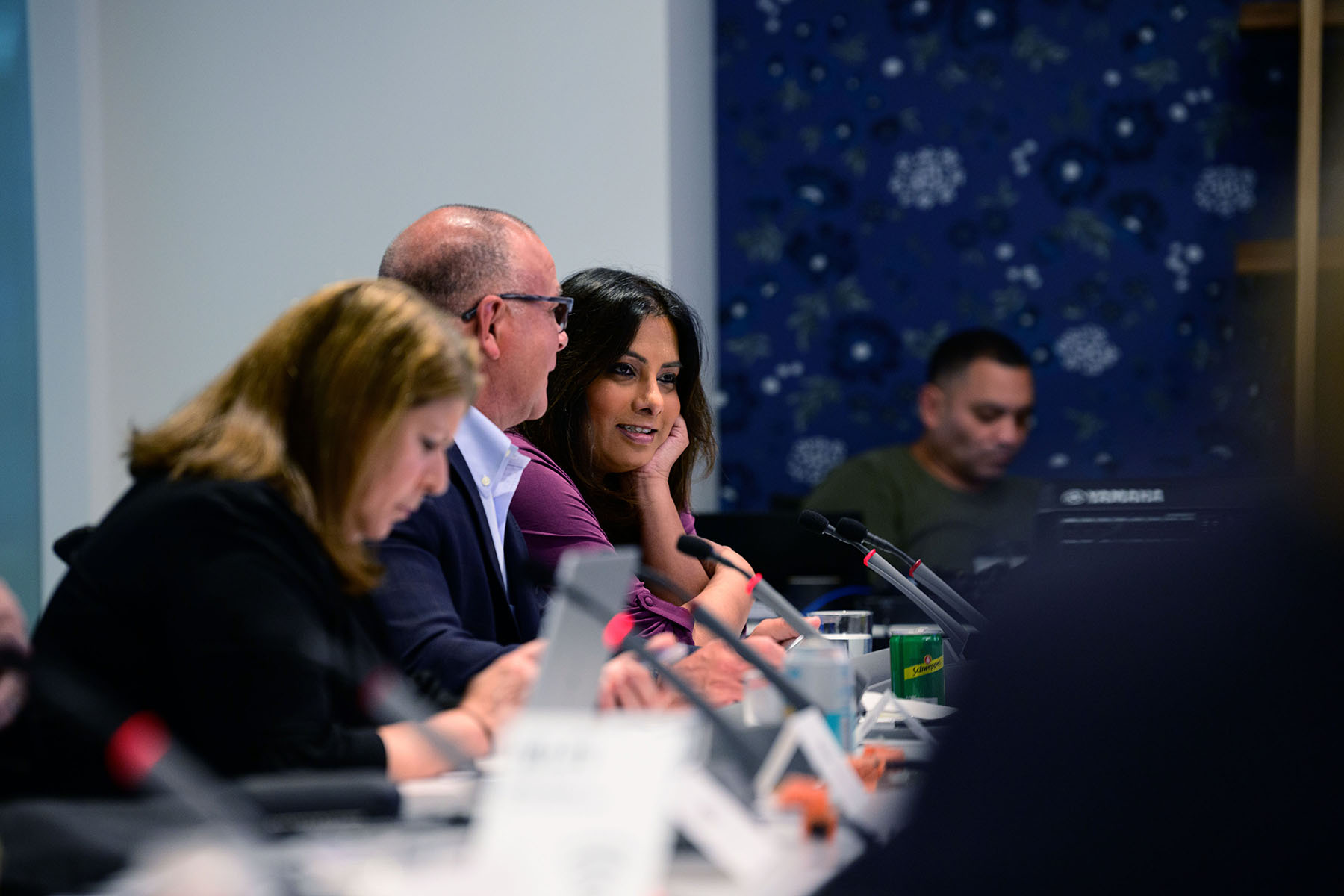
Erin Schallhorn Powers: I’ve been in ophthalmology for about 20 years and have worked in both upstream strategy and downstream execution. I’m engaged in conversations of how to work with medical societies to define the appropriate transition periods from pharmacologic to surgical solutions. For example, in glaucoma if you are up to four drops a day, most likely that means you have a severe case. How can we transition that into a surgical solution that doesn’t require complex patient adherence? I think it’s a delicate balance to provide the patient as well as the surgeon all options so they can make the appropriate decision for their care.
Alicia Stout: I work in oncology where the focus is more on how to help with access through patient support programs. Not in my current role, but at another company I was a part of patient support that included a kit to help patients with their symptoms. Additionally, there was a journal where they could record when their next appointment was, when their next infusion treatment was, and any symptoms they were having.
Amy Lyons: Coming at this from the diagnostic lens, we talk about the diagnosis as being the start of the patient journey. So the sooner we can get somebody to that diagnostic answer, the sooner they can enter a treatment path where adherence becomes critical. We talk about meeting people at the point of need, and one of the things the pandemic has shown us is the importance of making sure patients can be rapidly connected to diagnostic answers and telehealth in a meaningful way.
Andrew Matthius: We heard about a lot of barriers people are facing with health equity, affordability, access, and engagement. Based on what you’ve seen, are these barriers insurmountable? Is progress being made? If not, which barriers should the industry focus on to lead to improvements?
Maria Pandolfo: One of the challenges is adherence is adversely affected by side effects. While side effect management has become something we concentrate on, pharma is limited in what we can do from an educational and advocacy standpoint because we’re in a highly regulated environment. We’re trying to make patients understand what it means when you say a side effect is expected, but it remains a challenge, and it goes beyond any one brand.
Mike Michael: We also run into the issue with side effects, and we refer to it—because words matter—as expected effects. A few years back, we brought together some key opinion leaders (KOLs) for an initiative called “Remodeling the Dialogue” to discuss how physicians can best talk to the patient so they understand what to expect and how to deal with them. Part of that is also understanding where those drop off points are. For some patients, two weeks in they’re going to hit a wall. If you can identify when those pinch points are, you have a better chance of communicating to the patient at the time it really matters.
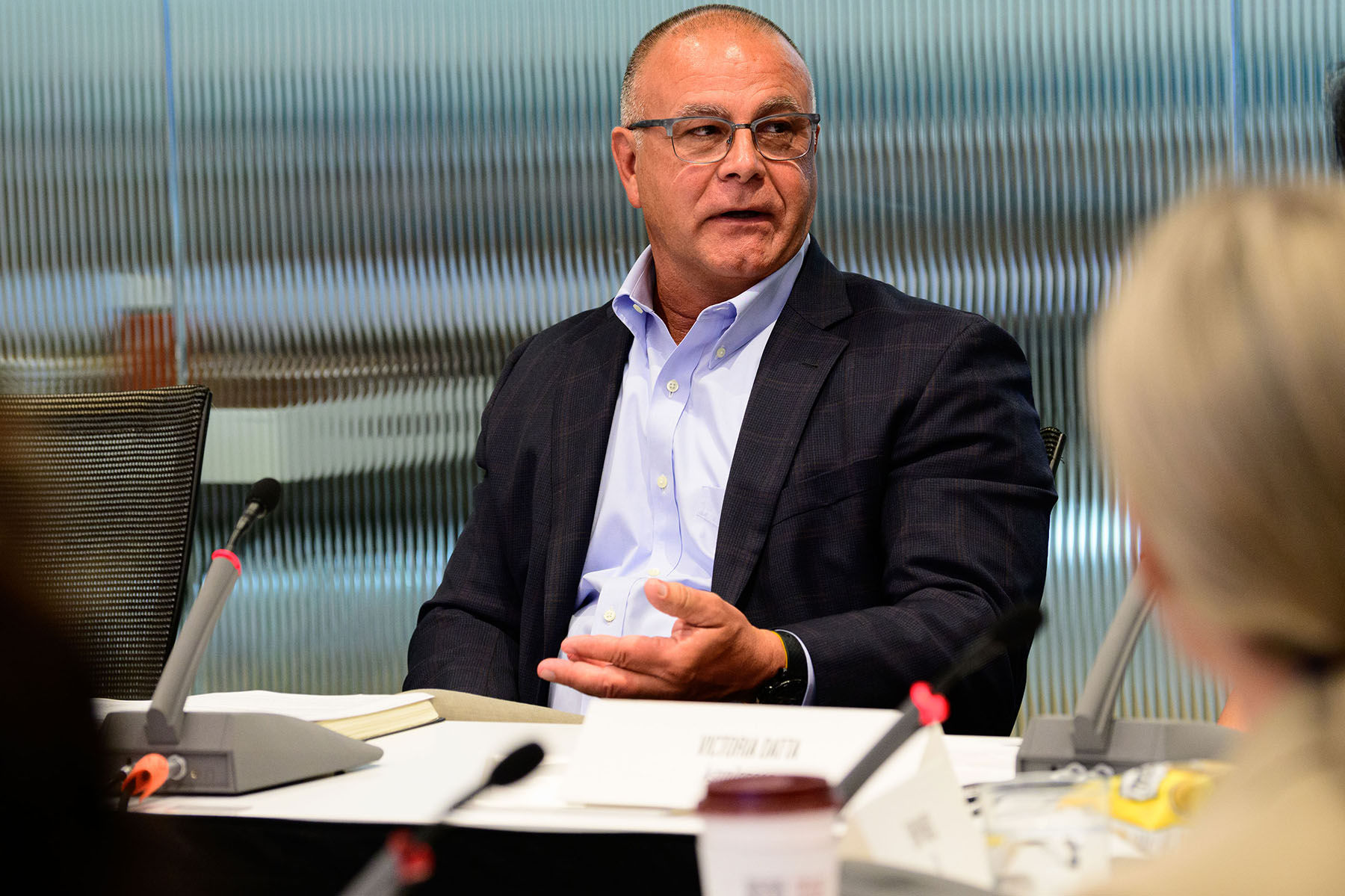
Erin Schallhorn Powers: I think companies can even identify those points much earlier. Adherence solutions should have a simplistic framework that is built from the ground up, working to identify gaps throughout the development process and designing solutions that consider what’s best for the patient.
Victoria Datta: If you look at the healthcare industry more broadly, we’re in a period of transition. And as I have recently moved into a global role, I’ve had the opportunity to spend more time learning about what other markets are doing, like in China. They have this platform called WeChat Intelligence Healthcare, which offers end-to-end integration from identification of disease, diagnosis, first fill, refill, adherence, and rewards—all in one system. I think that sort of nationalized integrated system is what’s needed, but one of the barriers is that as an industry we’re fighting against these separate solutions being offered by integrated health systems in the U.S. Instead, we should think about how we can invest, support, and drive some of these integrated systems to adopt a more universal solution to make it easier for patients to achieve optimal outcomes with an end-to-end solution. For instance, look at one of the big health systems, Penn Health System from UPenn, which offers a really good solution via an app through which you can interact with your care team.
Erin Schallhorn Powers: You can’t change what you’re not measuring. While some countries or health systems have a very systematic approach, they still don’t have 100% adherence. So what does good look like? I don’t think as an industry we necessarily have baselines on what optimal patient adherence is by disease state, but researching and assessing a benchmark will help us going forward.
Amy Campion: To address the question surrounding benchmarks, DrFirst has the unique ability to understand that first-fill abandonment is prolific across therapeutic classes. For example in GI, it’s a 29% first-fill abandonment, in dermatology 20%, and ophthalmology 17%. DrFirst has a lens into the behaviors of our prescribers, as well as patients, because we are a technology platform within the electronic health record (EHR) systems. We have the ability to measure adherence across different therapeutic areas because of our e-medication management software.
When we work with partners, the patient gets an e-prescription summary on their phone 10 minutes after they’re prescribed the product. The summary provides information, such as, the pharmacy where the eRx was sent, information about the product, how to save on cost, and the ability to schedule a pickup reminder. Recently, we have added the ability to directly connect to patient support programs. The insights we can garner allow us to understand the behaviors of patients based on the content with which they choose to interact. From that, we can design personalized programs to support first fill and adherence.
Jennifer DiGennaro: And across the board, it’s fairly consistent that we see second-fill abandonment at about 50%, so almost doubling those figures Amy referred to. Thus, the need to stay with the patient through the journey is critical; from first fill to refill through to renewal.
Andrew Matthius: How have your own experiences dealing with adherence either as the patient or the caretaker impacted what you would like to see from the industry?
Alicia Stout: When my child, who was over 18 at this point, was given a prescription we were told it was sent to CVS. At the time, I had no idea they meant the CVS specialty pharmacy, so trying to navigate that was complicated. I was lucky because I work with friends in that space and I was able to muddle my way through. But having someone who could’ve assisted in walking us through the process and who could have answered any of my stupid questions would’ve been really helpful.
Victoria Datta: One of the most valuable pieces I found about the UPenn app I mentioned is the ability to send a direct communication to my doctor. Now, I know it’s not the doctor answering, it’s the physician assistant (PA), and that’s the other reset in this whole conversation around adherence. Because we’re talking a lot about doctors, but it’s the PAs and nurse practitioners (NPs) who are the ones you’re spending most of your time with in discussing your health.
Leslie Hopkins: Instead of allowing that situation to become a hindrance we’ve worked with it. We’ve empowered the NPs and PAs with additional education and related tools, enabling them to answer the patient’s questions themselves. I hate to make a generalization, but they’re often so much happier, and have more available time, than a physician who is trying to see 40 to 50 patients a day—and it’s worked phenomenally.

Victoria Datta: I would also love to see multicultural marketing brought more into the adherence space. When you look at the auto industry, apparel industry, others, they all do a fantastic job of marketing to multicultural audiences, and that builds brand loyalty. I know a lot of that is grassroots, but it’s also having the mindset that you’re willing to continue to invest over the longer term in those multicultural initiatives.
Jessica Every: Yeah, Victoria that’s a great example. But something I recently learned during a webinar GSK hosted for Hispanic Heritage Month was that marketers are not allowed to feature patients of color in any promotional materials if we didn’t have a representative patient population in the clinical trials. That just emphasizes the importance of making sure clinical trials are designed appropriately to recruit a diverse patient population. Because if they see themselves in the materials, then that imbues access to them.
Andrew Matthius: As we start to wrap things up, what is either one thing you would like to see changed in adherence moving forward or just the biggest takeaway from today?
Jessica Every: My key takeaway is to focus on patient centricity. If the patient is at the heart of what we do then that will lead to all the things we are talking about in regards to greater adherence.
Joe Ndukwe: We also talked about understanding the way in which staff communicate patient access support to patients. It will be imperative to continue providing education reinforcement directly to patients to supplement what their care team provides. Another thing the healthcare industry should consider as we move towards a value-based model are ways to integrate pharmacists within teams to help educate patients to work towards better adherence.
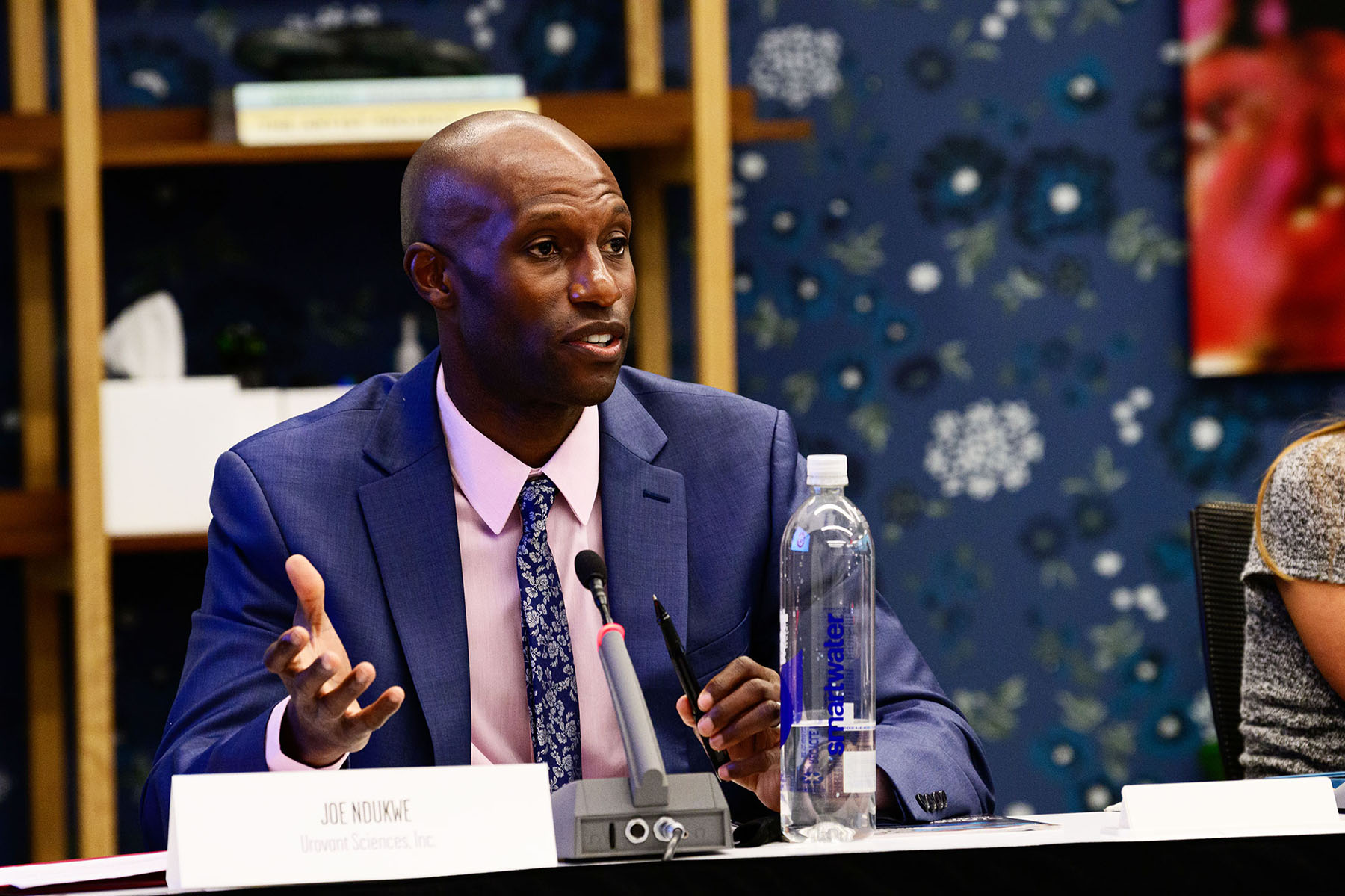
Maria Pandolfo: What I’ve taken away is simplistic is good; however, I need to broaden my horizons. I’ve been reluctant to embrace an app, and I think there are areas where an app could be very beneficial to some patients. From my perspective, we must look at the whole patient population and explore ways to customize it to different audiences even if customizing doesn’t necessarily get you the return on investment.
Victoria Datta: I have two main takeaways. First, I have to increase my advocacy for adherence within my own organization. If I go from brand to brand, the ratio of money being invested for acquisition versus adherence is 90/10 at best. Second, is the need to invest in initiatives that reduce healthcare fragmentation. As consumers, we’ve come to expect a certain experience no matter what industry we’re interacting with. But to meet that new standard in healthcare, we must work to reduce the fragmentation.
Leslie Hopkins: To your point Victoria, from all our therapeutic specialties as well as pharma, biotech, HCPs, insurance, and pharmacies, everyone involved needs to work together to help solve the adherence issue. I think it’s a collective solution, keeping the patient at the center. I know it’s a lofty goal and it will take a lot of time and effort to get there. And while the industry may not have a definitive strategy yet on the best way to improve adherence, we do have data to start hypothesizing and support where we know we want to go.
Amy Lyons: The thread for me through all this was the idea of access, especially as we look at each demographic. We talk about access from the standpoint of making sure we can get diagnostics into the hands of the people who need them, but thinking even more broadly around how we all share a responsibility to making sure we provide a positive treatment path that is accessible to everybody.
Andrew Matthius: And Jennifer, do you have any final thoughts?
Jennifer DiGennaro: We all recognize there’s a problem here—a $300 billion one. But there are some general themes I heard over and over, whether it was around affordability, education, support, or the right resources for your patients. We discussed the importance of simplicity and patient centricity. And how what we are all ultimately trying to do is give the patients what they need to have an impact. It’s so important in our industry to collaborate, brainstorm, and strategize together in order to make that impact—and I think we can.
The opinions expressed in this article are the participants’ own and do not necessarily reflect those of their affiliated companies or organizations.


